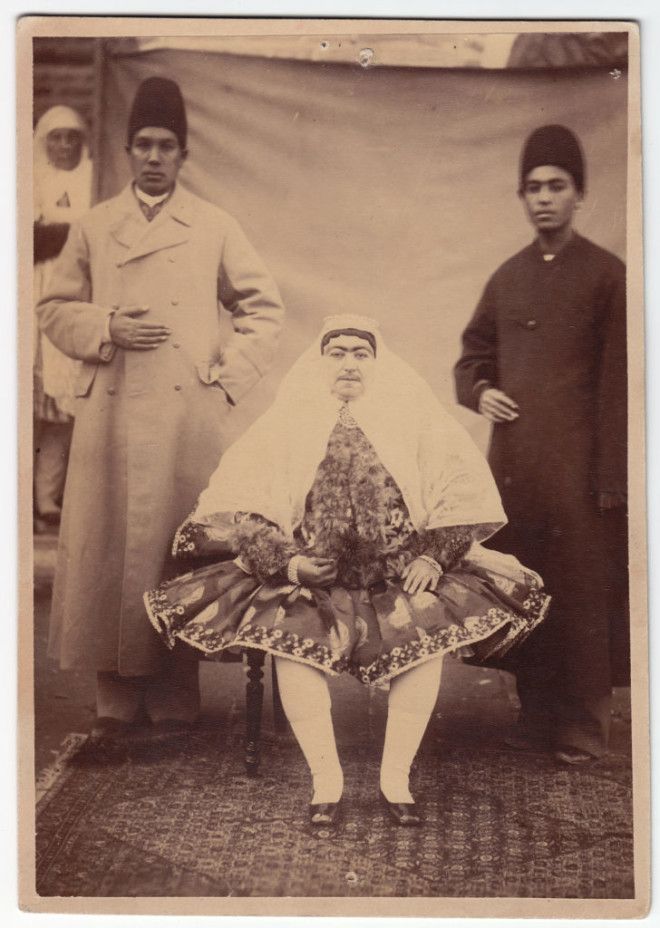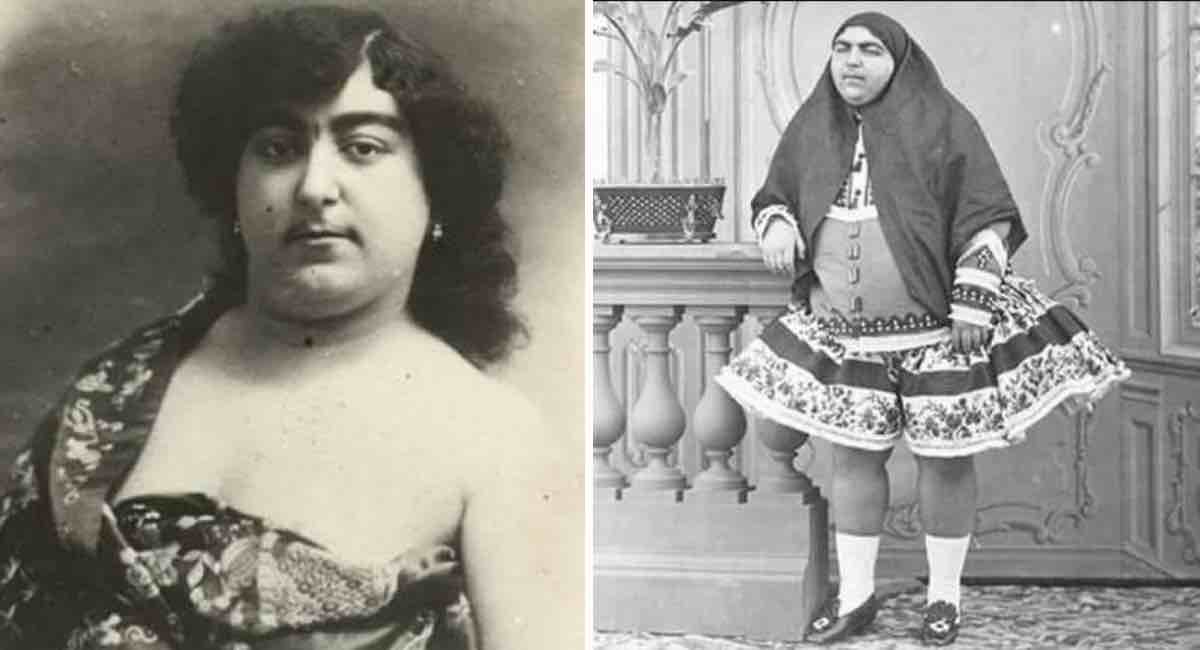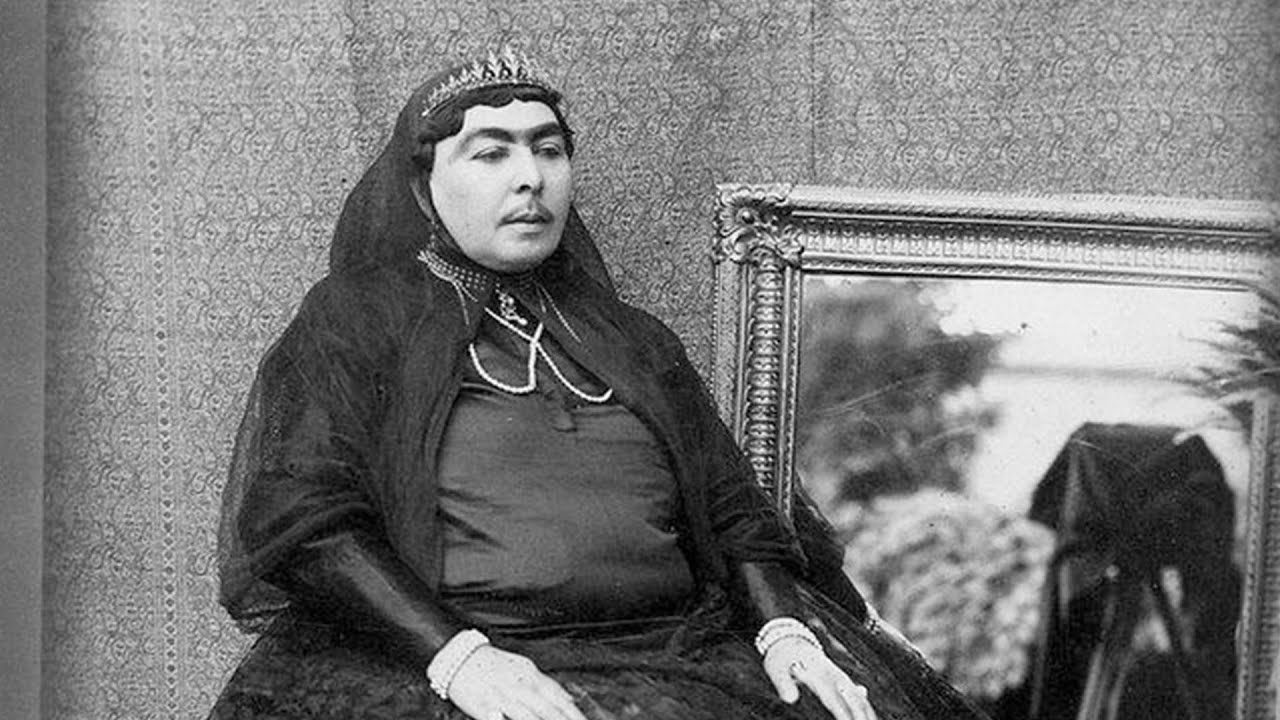
Persian Princess Qajar Dynasty The Beauty Symbol in 19th Century Persian princess, Qajar
Both women lived remarkable lives, lives much bigger than any single post on social media. That said, the viral posts about Princess Qajar did get one thing right about Persian women and beauty in the 19th century.

Persian Princess Qajar Dynasty The Beauty Symbol in 19th Century Persian princess, Qajar
Princess Qajar memes have been making the rounds on the internet for a long time usually with some claim like "she was so beautiful that she drove 13 men to suicide." Today, I'm going to debunk.

Princess Qajar was considered the ultimate symbol of beauty in Persia during the early 1900s. So
The real name of the Persian Princess Qajar was Zahra Khanom. She was also popularly known as Taj el-Saltaneh. She was born in the year 1883 in Tehran, Persia. She was the daughter of the King of Persia Naser Al-Din Shah and Tooran al-Saltan who was one of the king's several official wives and the daughter of Naser al-Din Shah's uncle.

Truth of Princess Qajar The princess with mustache... Teresa Fidalgo Wallpaper naturesa
You've probably seen a meme circulating that shows the so-called "Princess Qajar." It's a set of black and white photos showing an Iranian woman with a mustache, unibrow, and unusual clothes. A typical caption reads something like: "this woman was a great beauty in her day. 13 men committed suicide after she spurned their advances!"We're meant to be shocked that this "uggo" could command such.

Photography in Qajar Iran Persian princess, Persian culture, Asian history
This picture, along with an explanatory caption, claims to depict 'Princess Qajar'. In late 2017, the photo above began circulating the Internet. In it, a woman with long dark tresses, thick eyebrows and a downy mustache stands regally as she gets her portrait taken. A caption reads that this woman was "a symbol of beauty in Persia (Iran.

A story of Princess Qajar with Mustache
Zahra Khanom or Taj al-Saltaneh (1884 - 25 January 1936; Persian: تاجالسلطنه) also known as Princess Qajar, was a princess of the Qajar dynasty, known as a feminist, a women's rights activist and a memoirist. She was the daughter of Naser al-Din Shah, the King of Persia from 1848 to May 1896.
Can you translate what Shah Qajar is saying? Quora
The woman memes call Princess Qajar is Zahra Khanom Tadj es-Saltaneh, and she was born in 1883. Her father was Naser al-Din Shah Qajar, the King of Persia. The Qajar Dynasty ruled over Iran from 1789 to 1925. Princess Qajar was extremely accomplished. She was a painter, writer, musician, intellectual, and activist .

Hey Gar, I'm not gonna be in tamara. Apparently I'm the Princess of Persia. r/howardstern
The legendary "Princess Qajar" is actually a conflation of two 19th-century Persian royals — Fatemeh Khanum "Esmat al-Dowleh" and Zahra Khanum "Taj al-Saltaneh.". Women's Worlds in Qajar Iran Photos of "Princess Qajar" have gone viral but they barely touch on the truth about this Persian princess. They say that a picture is worth a.

Qajair princess who had 145 suitors and 13 of them took their own lives
There's an archive of old photos from the Institute for Iranian Contemporary Historical Studies which contain both photos from the viral meme of Princess Qajar. That's it! That's the real story of Princess Qajar and how this viral junk history meme created an awareness for me about the true woman behind the legend. Amazing!--CopyRights.

Princess Qajar An Iconic Beauty Symbol of Persia Wikye
Princess Fatemeh Khanum "Esmat al-Dowleh" was the princess of Persia, modern-day Iran. She was the daughter of King Nasir al-Din Shah Qajar, who ruled Persia from 1848 to 1896 and one of his wives Taj al-Dowleh. People today look at her historic pictures and laugh.

The untold truth of a beauty symbol of Persia Princess Qajar
The Truth Within The Princess Qajar Posts In many of the posts describing "Princess Qajar," an emphasis is placed on the downy hair on her upper lip. In fact, mustaches on women were considered beautiful in 19th-century Persia. (Not the 20th century, as some of the posts suggest.)

Cine a fost Prințesa Qajar a Persiei, printesa cu mustata?
17 2 2 comments Best AksiBashi Early Modern Iran and the Ottoman Empire • 4 yr. ago Princess Qajar did not actually exist (Qajar is a tribal or dynastic name, not a first name, so that's your first clue that something's up), and the linked photos are actually of two different women.

Real Story of Princess Qajar! Men killed themselves for her!! YouTube
Princess Qajar is an example that you don't need to look as other or there is no need to follow what people are following. Beauty is what you feel from inside. It doesn't depend on what you wear, it depends on how much confident are you and how you carry yourself. Bonus point: here are some real photos of that era that will shock you! #1 #2 #3 #4

Classify these Iranian beauties
August 11, 2022 in History Reading Time: 5 mins read 0 In the internet age, many things are going viral, such as princess Qajar. One of the trending photos on the internet these days is the photo of princess Qajar. Soon many are showing interest in the photo of the princess with a moustache. In her time, princess was the beauty queen.

“Princess Qajar” and the Problem with Junk History Memes A Bit of History History memes
The Qajar dynasty was an Iranian royal dynasty of Turkic origin, specifically from the Qajar tribe, ruling over Iran from 1789 to 1925. She had four children, two daughters and two sons from her husband Amir Hussein Khan. In the 19th century, masculine features were appreciated in women. Besides, feminine features were appreciated in men.

Pin on WheeBuzz News
Princess Qazar Facts. Princess Zahra Khanom Tadj es-Saltaneh or the princess of Qajar was the symbol of beauty in Iran not only because people considered her a beautiful woman but also because she was smart and outspoken. She was a feminist and a groundbreaker for women's rights in Persia. She was the memoirist of the Qajar Dynasty, a writer.